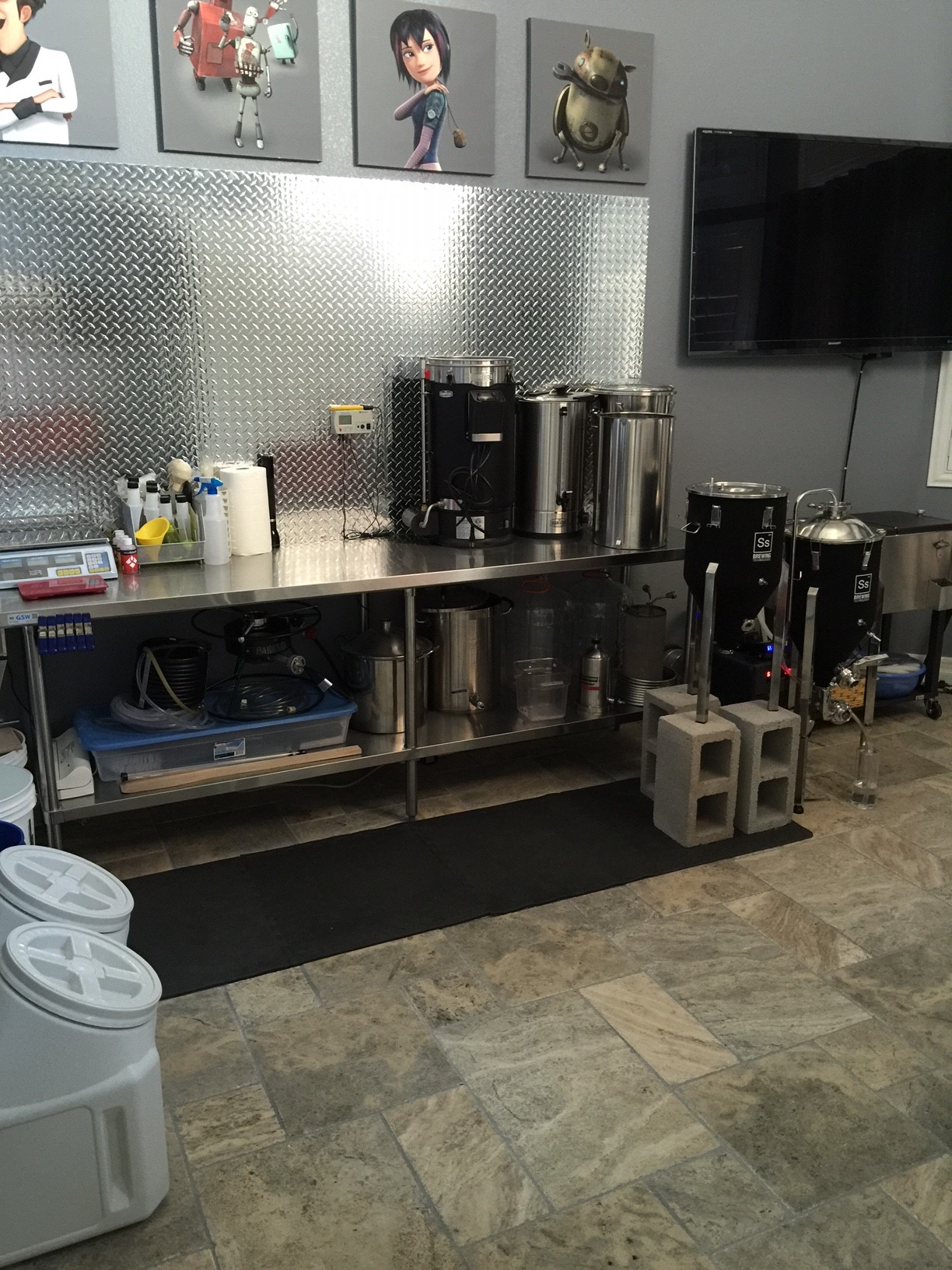Maybe I'm lucky, but I just don't get this plastic taste talk. I do not fill via the CFC (no idea why one would do that??, if nothing it seems slow), but we all run our entire wort thru the CFC. So why would cold water pick up this plastic taste and yet wort after boiled (and mashed) for 1-2hrs+, would not? That assumes your plastic taste issues disappear by not filling via the CFC. What am I missing?
As for cleaning, follow the GF directions folks!! PBW & rinse cycle. It's easy and thorough.
Edit- Doh!! Ok I get it. Re-read. Issue is using the cooling water side (duh!!) that doesn't get cleaned to fill. Ok makes sense. Ignore 1st paragraph and brew on!
As for cleaning, follow the GF directions folks!! PBW & rinse cycle. It's easy and thorough.
Edit- Doh!! Ok I get it. Re-read. Issue is using the cooling water side (duh!!) that doesn't get cleaned to fill. Ok makes sense. Ignore 1st paragraph and brew on!
















































![Craft A Brew - Safale BE-256 Yeast - Fermentis - Belgian Ale Dry Yeast - For Belgian & Strong Ales - Ingredients for Home Brewing - Beer Making Supplies - [3 Pack]](https://m.media-amazon.com/images/I/51bcKEwQmWL._SL500_.jpg)










 yeah, I like my chronical and just got the 7g brew master edition. I have what the builders call a "library" in the front of my house, that I originally converted to a fish room, then got out of that hobby and converted to a brew room! much happier now. trying to share a full pic but it's not working yet.
yeah, I like my chronical and just got the 7g brew master edition. I have what the builders call a "library" in the front of my house, that I originally converted to a fish room, then got out of that hobby and converted to a brew room! much happier now. trying to share a full pic but it's not working yet.
